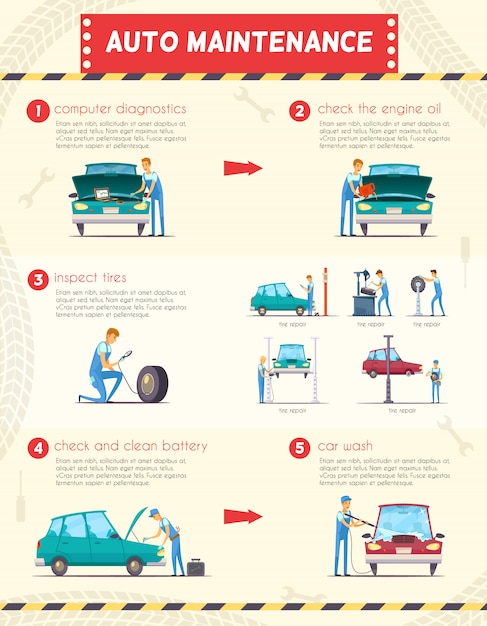Understanding The Significance Of Your Cars And Truck'S Warning Signals: What They Actually Represent
Understanding The Significance Of Your Cars And Truck'S Warning Signals: What They Actually Represent
Blog Article
Content Produce By-Termansen Corbett
When you're behind the wheel, those glowing caution lights on your dashboard can be a bit complicated. Do you know what they're attempting to inform you concerning your cars and truck's health? Recognizing the importance of these lights is vital for your security and the long life of your car. So, just click the following page of those lights turns up, wouldn't you intend to decipher its message precisely and take the necessary steps to address it?
Common Caution Lighting and Interpretations
Determine typical caution lights in your vehicle and understand their meanings to make sure safe driving.
One of the most common warning lights consist of the check engine light, which indicates problems with the engine or discharges system. If this light begins, it's critical to have your lorry checked immediately.
The oil pressure cautioning light suggests low oil stress, needing prompt interest to prevent engine damage.
A blinking battery light might recommend a malfunctioning billing system, possibly leaving you stranded otherwise attended to.
The tire stress tracking system (TPMS) light notifies you to low tire stress, affecting automobile security and fuel efficiency. Ignoring this might bring about unsafe driving conditions.
The abdominal muscle light suggests a trouble with the anti-lock braking system, jeopardizing your capability to quit promptly in emergencies.
Last but not least, the coolant temperature level advising light warns of engine getting too hot, which can cause serious damages otherwise fixed quickly.
Recognizing ceramiccoatingauckland will aid you address problems promptly and keep safe driving conditions.
Relevance of Prompt Interest
Comprehending the usual caution lights in your cars and truck is only the very first step; the significance of promptly attending to these cautions can not be highlighted enough to guarantee your safety and security when traveling.
When a warning light illuminates on your dashboard, it's your vehicle's means of connecting a prospective issue that needs focus. Neglecting these cautions can lead to a lot more serious issues down the road, compromising your safety and potentially costing you a lot more out of commission.
Motivate attention to advising lights can prevent breakdowns and crashes. For instance, a blinking check engine light might suggest a misfire that, if left neglected, can trigger damages to the catalytic converter. Resolving this promptly can conserve you from an expensive repair work.
Likewise, a brake system alerting light might signal low brake liquid or used brake pads, important elements for your safety and security when driving.
DIY Troubleshooting Tips
If you observe a warning light on your dashboard, there are a couple of DIY troubleshooting tips you can try before seeking specialist aid.
The first step is to consult your auto's manual to understand what the specific warning light shows. In some cases the concern can be as straightforward as a loosened gas cap activating the check engine light. Tightening the gas cap may resolve the problem.
Another common problem is a reduced battery, which can trigger various advising lights. Examining the battery connections for rust and guaranteeing they're secure may fix the trouble.
If a warning light persists, you can attempt resetting it by detaching the automobile's battery for a few mins and then reconnecting it. Furthermore, examining your car's liquid levels, such as oil, coolant, and brake liquid, can help repair warning lights associated with these systems.
Verdict
Finally, understanding your automobile's caution lights is crucial for maintaining your car running efficiently and safely. By promptly resolving these signals and knowing what they indicate, you can stay clear of expensive fixings and prospective malfunctions.
Bear in mind to consult your automobile's guidebook for certain information on each cautioning light and do something about it as necessary to make certain a hassle-free driving experience.
Keep notified, stay risk-free when driving!
